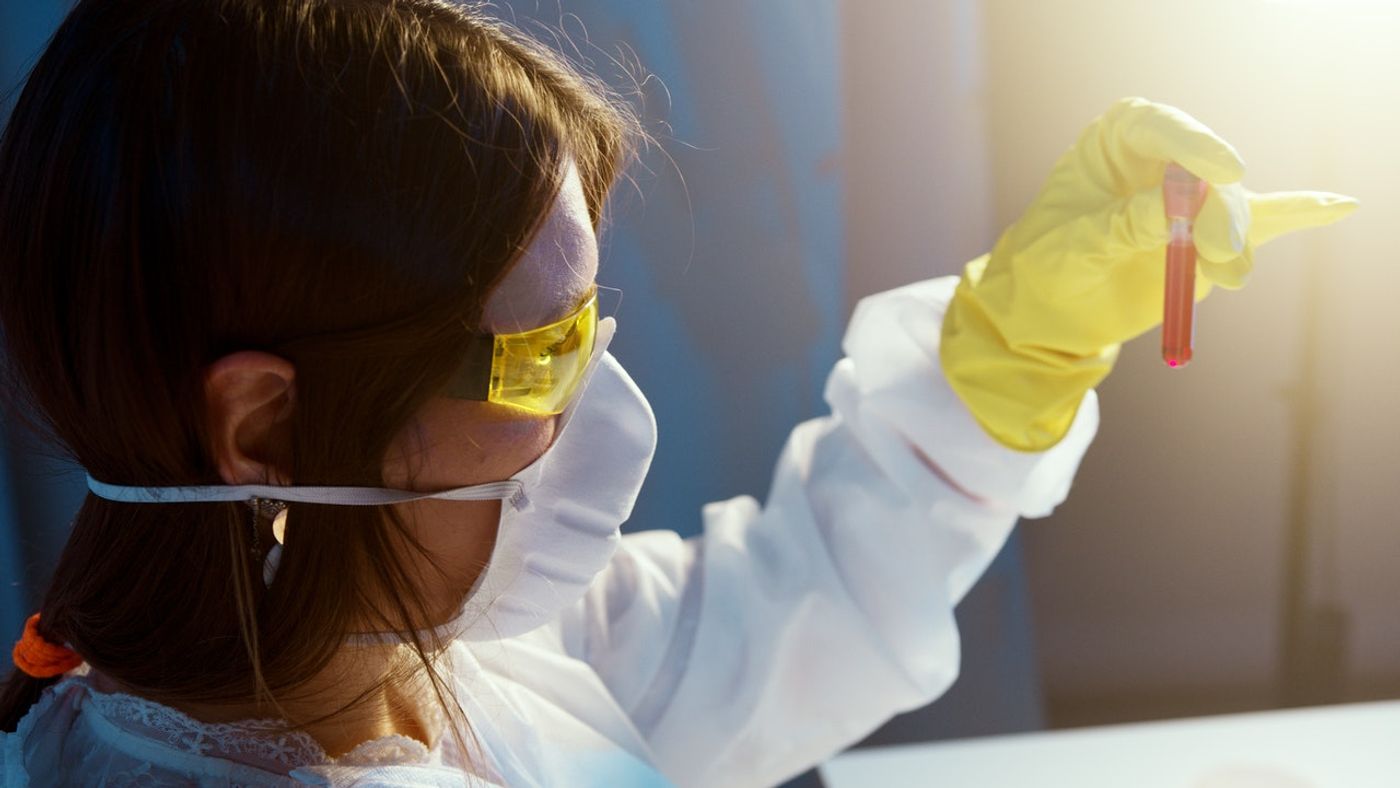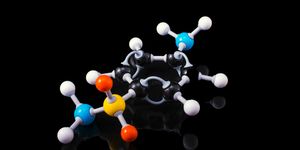No Pain, All the Diagnostic Gain
A recent study published in Nature Biomedical Engineering describes new microneedle patch technology that takes the “Ouch!” out of traditional blood draws for diagnostic tests. Created by a team of engineers at Washington University in St. Louis, the new patch is what research lead Srikanth Singamaneni describes as “nearly pain-free”.
Blood tests are one of the most routine procedures used to assess a patient’s health status, by measuring the levels of specific molecules whose presence or absence indicates the presence of disease. However, the blood is not the only source of biomarkers. Dermal interstitial fluid (ISF) circulates between skin cells and is an incredibly rich source of biochemical information.
ISF actually originates in the blood—it oozes out of capillary networks to deliver nutrients to cells within body tissues. This direct contact and communication with cells allow ISF to trap biochemical data regarding the health statuses of these tissues.
The problem is that, until now, earlier versions of microneedle technologies have not been sensitive enough to capture and analyze this information, since ISF biomarkers are present only in trace amounts.
“Previously, concentrations of a biomarker had to be on the order of a few micrograms per milliliter of fluid,” explained Zheyu (Ryan) Wang, a lead author of the publication.
To cross this hurdle, the team developed ultrabright fluorescence nanolables, called plasmonic-flours, that are around 1,400 times brighter than first-generation biomarker labels. Thanks to this development, their microneedle patch can detect diagnostic biomarkers in the picogram per milliliter range.
“That’s orders of magnitude more sensitive,” commented Wang.
According to the authors, there is still a ways to go before all existing blood tests transition to a microneedle patch format. “We’ll have to determine what levels of biomarkers are normal, what levels are pathological,” said Singamaneni. But the good news is that a collaborative effort by diagnostic experts can help propel this work forward.
“But we don’t have to do all of this ourselves,” Singamaneni said.
“We have created a platform technology that anyone can use. And they can use it to find their own biomarker of interest.”
Sources: Nature Biomedical Engineering, Washington University in St. Louis.









